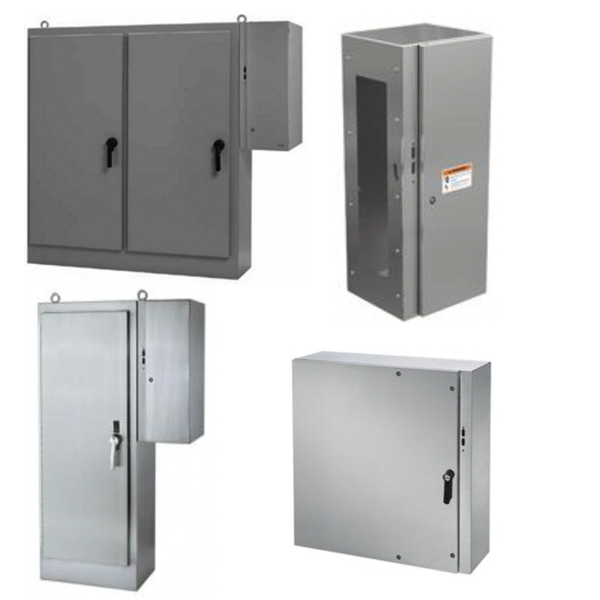Disconnect Enclosures

Essential to electrical systems, disconnect enclosures are devices intended to house and protect the disconnect switches and circuit breakers that shut down the power. These can be electrical switches or devices used to interrupt the flow of electrical current in a circuit. An important part of electrical safety, disconnect enclosures are usually made of tough materials like carbon steel or aluminum. Benefiting from many of the same construction techniques found in the manufacture of enclosures in general, disconnect enclosures keep things where they belong when dangerous parts of the electrical system are being checked, repaired, or replaced.
The main reason for disconnect enclosures is to make sure that electrical circuits can be disconnected for safe work on them. They are outfitted with safe lockings to discourage people from getting into them who should not. And they are not just simple lock-and-key arrangements—many varieties of reliable locking systems, physical and electronic, are out there in the world.
Enclosures for disconnect switches are made with flexibility in mind. They can house uninterrupted switches (which can be fused or non-fused), and circuit breakers. And they come in different sizes and types to suit different installations. They can be wall mount or stand on the floor to cater to space and safety requirements.
FAQs
Can a wall mounted disconnect enclosure use hinge pin doors?
Yes, a wall-mounted disconnect enclosure can use hinge pin doors. Hinge pin doors are commonly used in such enclosures to allow for easy access to the internal components while ensuring the door can be securely fastened when closed.
Disconnects vs Circuit Protection
Disconnects
Disconnects are intended to remove and restore power from any electrical equipment that is downstream of that disconnect. In most cases, this is a manual operation and is actuated only when power needs to be removed or restored to a particular circuit. Disconnects do not typically provide any type of state monitoring ability nor do they offer any type of circuit protection, they are simply used to remove and restore power. It is common to see electrical disconnects used in situations where larger amounts of voltage are present. External disconnects function by allowing the operation of switching power to be performed outside of an electrical enclosure. It is also common to see disconnects require power to be shut off before the enclosure can be opened. This type of disconnect is found on circuits with high voltage potentials and allows for much safer operation when the electrical equipment inside the enclosure needs to be accessed.
Circuit protection devices
Circuit protection devices, such as circuit breakers and fuses, function differently from disconnects in that they have the ability to disconnect power to any devices downstream from their location by monitoring current and power surge events. They are not designed to operate as a switch. When using fuses, if an overcurrent event or surge occurs, they will need to be replaced as they are only intended to be used once. Circuit breakers can be reset, but are not intended to switch power on and off as their main function. In many cases it is necessary to have both an electrical disconnect and a circuit protection device to ensure that any hardware on the circuit does not become damaged because of overcurrent or power surges.

